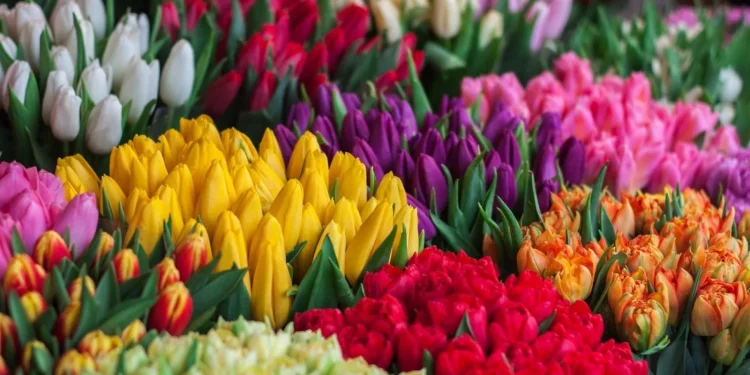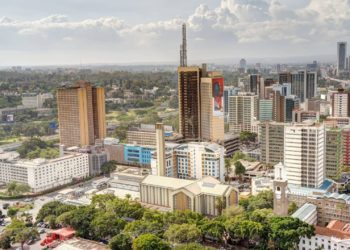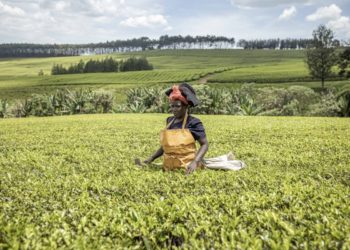Kenya’s flower industry is struggling to meet export demand ahead of Valentine’s Day, with producers falling short by up to 20% due to high freight costs and reduced airline capacity. Several international carriers have withdrawn their freight services from Jomo Kenyatta International Airport (JKIA), citing low returns on the route compared to other global markets.
According to Clement Tulezi, CEO of the Kenya Flower Council, producers are currently accessing only 3,500 tonnes of freight capacity per week, well below the 4,800 tonnes needed to meet demand in the high season.
“I will equate the reduced margins to what is left at the airport and not exported at about 15% to 20% of our produce. This is because of either cost or a lack of capacity, and that is the gap we are seeing in terms of our volumes of export,” said Tulezi.
The shortfall is particularly critical in the lead-up to Valentine’s Day, one of the peak seasons for Kenya’s $1 billion flower industry, which supplies nearly 40% of Europe’s cut flowers. The situation has been exacerbated by the withdrawal of freight services by major international airlines, leading to logistical bottlenecks.
“On average, we need about 3,500 tonnes of freight capacity per week during the low season, and we are short by about 1,000 tonnes at the moment. During the high season like now, we need 4,800 tonnes, but we are only at about 3,500 tonnes because some airlines withdrew their flights into Nairobi since November,” Tulezi added.
Among the airlines that cut back on flower freight routes are Qatar Airways, which withdrew two freighters from Nairobi to Liège, Belgium, causing a 200-tonne drop in capacity. Turkish Airlines also removed one weekly freighter service from Nairobi to Maastricht, further tightening space.
Kenya’s floriculture sector, a key foreign exchange earner, now faces mounting pressure to find alternative logistics solutions or risk revenue losses during one of its most crucial sales periods.


















